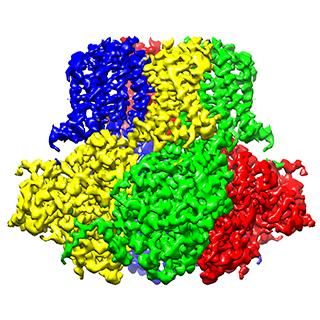DNA Microarrays Will Remain Important Tools Despite Competition from Other Technologies, According to a Healthtech Institute
Protein Arrays-Hope or Hype?
Advertisement
DNA Microarrays Will Remain Important Tools Despite Competition from Other Technologies, According to a Cambridge Healthtech Institute Report
NEWTON UPPER FALLS, Mass., Jul 15, 2002 - The DNA microarray market has grown increasingly competitive, with several companies dropping out of the field recently. Despite growing competition from protein arrays and other technologies, many experts believe that the DNA microarray market remains a viable one, as explained in a new CHI Life Science Report, Outlook for DNA Microarrays: Emerging Applications and Insights on Optimizing Microarray Studies.
Protein Arrays-Hope or Hype?
Although many focused commercial protein arrays will be launched over the next two years, it is unlikely that comprehensive protein arrays- analogous to genomewide microarrays-will be widely launched and adopted during this period, simply because protein arrays are much more difficult to scale up than gene- based arrays. It also appears unlikely that protein arrays will be competitive with gene arrays anytime soon in terms of coverage and economics.
"DNA is just so much the perfect polymer to work with, because of its well-understood chemistry and thermodynamics, and developed experimental procedures," says Stanley Abramowitz, a partner with ATG Advanced Technology Group. "With proteins, you have complexities such as post-translational changes, glycosylation, and the like. Also, when you think about it, the RNA is what gives rise to the protein, and the DNA chip can be considered to be a reasonable surrogate for the protein chip. So it's not obvious to me that the DNA chip market is going to quickly diminish."
Applying Protein Arrays in Network Biology Studies for Drug Discovery
However, protein arrays do have certain advantages. Protein arrays are increasingly being used to study biological pathways and networks, to help increase the understanding of physiology and points of intervention for drugs. Ulrik B. Nielsen of Merrimack Pharmaceuticals explains, "Most of the targets out there today belong to families of proteins that function in larger networks, and that's where they exert their functions. What Merrimack is trying to do is to carefully monitor how these protein networks are affected in response to drugs, rather than just looking at a single target."
Although many experts agree that researchers will turn increasingly toward protein arrays as these tools advance, they add that DNA microarrays will remain an important tool for some years to come given their relative ease of use and high throughput. Researchers may pursue a two-tiered strategy in which they use DNA microarrays first to help them home in on proteins of interest, and then perform protein array experiments with smaller subsets of proteins.
For more information about Outlook for DNA Microarrays: Emerging Applications and Insights on Optimizing Microarray Studies, including a table of contents, go to http://www.chireports.com/content/reports/mar- 242.asp.
CHI's Life Science Reports highlight the main areas where biotechnologies can meet the demands of a shifting competitive landscape. Clients find CHI's Life Science Reports to be rich with the "highest-caliber" analysis available. Visit www.chireports.com to learn more about available and upcoming reports, or contact Cindy Ohlman at 617-630-1334 or at cohlman@healthtech.com.




























































